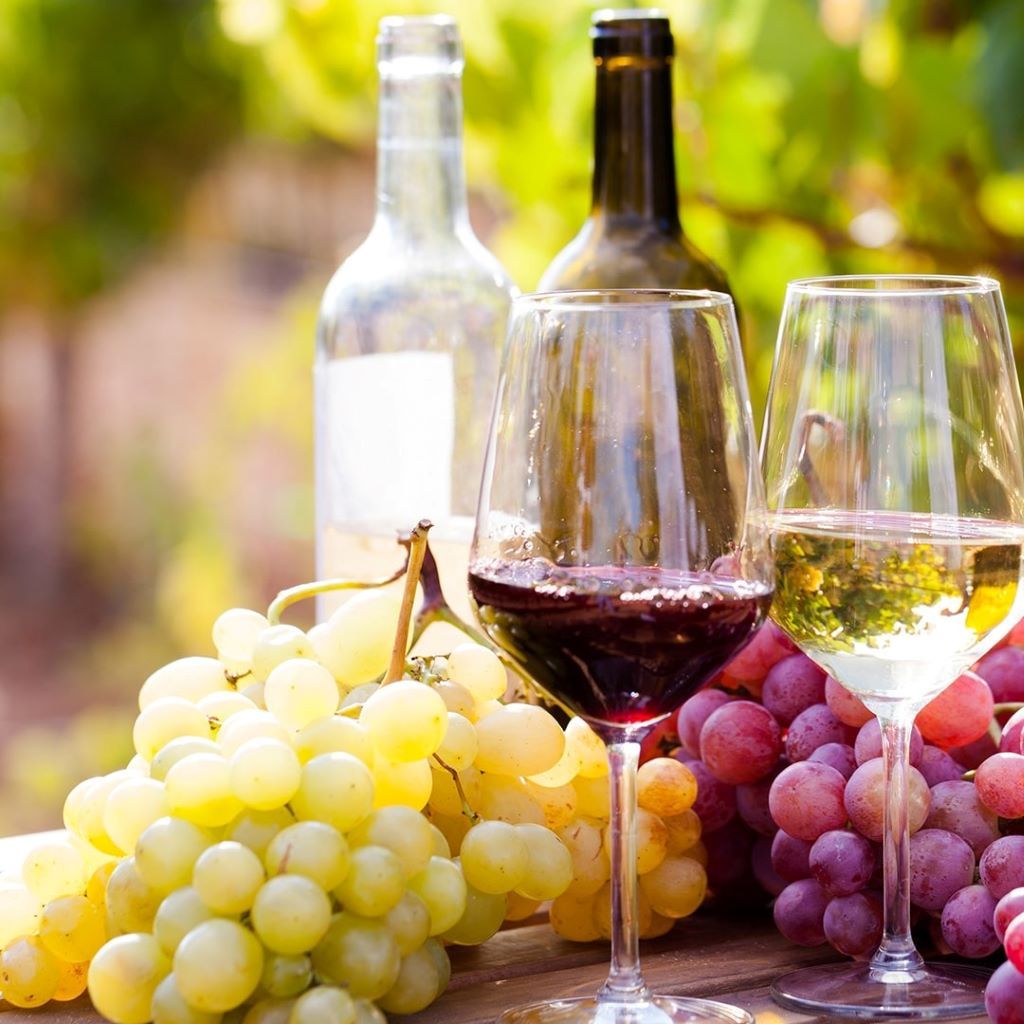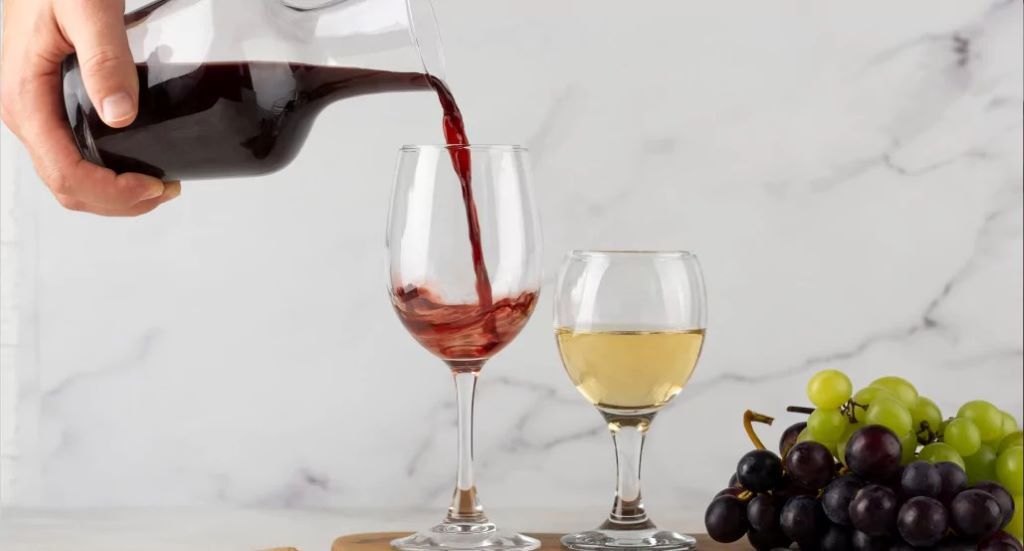
How to Choose the Right Wine Yeast for Your Grapes
Selecting the right wine yeast for your grapes is a crucial decision that directly impacts the aroma, flavor, and overall quality of your wine. Knowing how to choose the right wine yeast for your grapes is essential, whether you’re a seasoned winemaker or just starting out. Understanding how different yeasts interact with various grape varieties can elevate your winemaking process to new heights.
The role of yeast goes beyond fermentation. It influences everything from mouthfeel to alcohol levels, and even subtle notes of fruit, spice, or earthiness in your final product. With hundreds of commercial yeast strains available, finding the perfect one might seem overwhelming. However, by understanding your grapes, the fermentation conditions, and your desired wine profile, you can make an informed decision that enhances your wine’s character.
Before diving into yeast selection, it’s worth exploring the broader world of winemaking and food pairings. You can explore Tapa Society for expert insights into pairing wine with gourmet dishes. Now, let’s break down the key factors in choosing the right wine yeast.
Understanding the Role of Wine Yeast in Fermentation
Yeast is a microscopic fungus that converts grape sugars into alcohol and carbon dioxide through fermentation. However, different yeast strains bring out unique characteristics in wine. Some contribute to strong fruity aromas, while others enhance mouthfeel or increase alcohol tolerance.
Wild vs. Commercial Yeast: Which One Should You Choose?
Many traditional winemakers swear by wild yeast fermentation, which relies on naturally occurring yeast present on grape skins and in the winery environment. This approach can create complex, terroir-driven wines, but it also comes with risks—such as inconsistent fermentation and unwanted flavors.
On the other hand, commercial yeast strains are carefully selected for their reliability and ability to enhance specific wine characteristics. They provide winemakers with greater control over fermentation, ensuring consistent results and preventing spoilage.
If you’re making wine on a small scale or experimenting with different styles, wild yeast might be an interesting choice. However, for predictable and high-quality results, most professional winemakers opt for commercial yeast strains.
Matching Wine Yeast to Your Grape Variety
Each grape variety has its own distinct characteristics, and the right yeast can amplify its best qualities. Here’s a look at some common grape varieties and recommended yeast strains:
- Cabernet Sauvignon: A high-structured grape that benefits from yeast strains that enhance tannins and dark fruit flavors. Recommended yeasts: Lalvin RC212, ICV-D254.
- Chardonnay: A versatile grape that can be influenced by different fermentation techniques. Yeasts like CY3079 or ICV-D47 can enhance creaminess and complexity.
- Pinot Noir: A delicate grape that requires a yeast that enhances fruitiness and silkiness. RC212 and Assmannshausen yeast strains work well.
- Riesling: Known for its high acidity, this grape shines with yeast strains like EC-1118 or QA23, which enhance floral and citrus notes.
Fermentation Conditions and How They Affect Yeast Performance
The same yeast strain can behave differently depending on fermentation conditions, such as temperature, nutrient availability, and sugar levels.
- Temperature: Low temperatures (50-60°F) preserve fruity aromas in white wines, while higher temperatures (70-85°F) enhance structure in reds.
- Nutrient Levels: Yeast requires nitrogen, vitamins, and minerals to thrive. Low nutrient levels can lead to sluggish fermentation or off-flavors.
- Alcohol Tolerance: Some yeasts can tolerate higher alcohol levels, making them suitable for high-sugar grape varieties or fortified wines.
Enhancing Wine Quality with Oxygen Management
Oxygen exposure during fermentation and aging can significantly impact wine quality. While too much oxygen can lead to oxidation and spoilage, controlled oxygen exposure can enhance complexity.
This is where tools like the Best wine aerator come into play. An aerator introduces oxygen in a controlled manner, softening tannins and unlocking hidden aromas in your wine.
Troubleshooting Common Fermentation Issues
Even with the best yeast selection, fermentation problems can still occur. Here are some common issues and solutions:
- Stuck Fermentation: This happens when yeast stops converting sugars before fermentation is complete. Causes include low nitrogen levels, excessive alcohol, or temperature fluctuations. Solution: Add yeast nutrients and adjust temperature.
- Sulfur Smells (H2S Production): Rotten egg odors can develop if yeast is stressed due to nitrogen deficiency. Solution: Use yeast strains with low H2S production and supplement with nutrients.
- Excessive Acidity: If your wine tastes too tart, the yeast may have enhanced malic acid production. Solution: Consider malolactic fermentation to soften acidity.
The Importance of Experimentation and Blending
Winemaking is as much an art as it is a science. Experimenting with different yeast strains or blending wines fermented with different yeasts can lead to more complex and interesting wines.
For example, some winemakers use a combination of wild and commercial yeasts to achieve both complexity and reliability. Others blend wines fermented with different yeasts to balance out flavors and textures.
Conclusion
Choosing the right wine yeast for your grapes is one of the most important decisions in the winemaking process. By understanding how yeast interacts with different grape varieties and fermentation conditions, you can craft a wine that expresses your desired flavors, aromas, and structure.
Whether you prefer the unpredictability of wild yeast or the reliability of commercial strains, the key is to experiment and find what works best for your style. With the right knowledge and approach, you can take your winemaking to the next level.
Enjoying a Traditional Afternoon Tea, Anytime, Anyplace, Anywhere
FAQs
1. Can I use bread yeast for winemaking?
Bread yeast is not ideal for winemaking because it lacks the ability to ferment high-sugar musts efficiently and often produces off-flavors.
2. How do I know if my yeast is still active?
You can test yeast viability by hydrating a small sample in warm water with sugar. If it starts foaming within 10-15 minutes, it’s still active.
3. What happens if I pitch too much yeast?
Overpitching can lead to a lack of complex flavors since the yeast ferments too quickly. However, it’s usually better than underpitching, which can result in sluggish fermentation.
4. Can I mix different yeast strains in one fermentation?
Yes, some winemakers combine yeast strains to create complexity, but it’s important to understand how they interact to avoid unexpected results.
5. How long does wine yeast take to ferment?
Fermentation time depends on temperature, sugar levels, and yeast strain. Generally, primary fermentation lasts 1-2 weeks, but aging and secondary fermentation can take months.
Read More:




